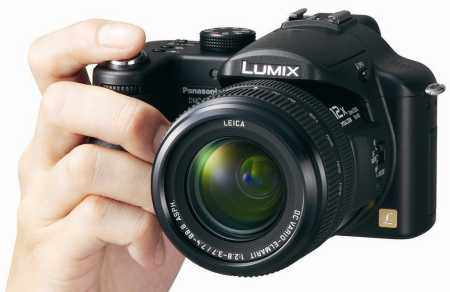Many years ago, when looking at medium format photography, I was enamored of a Pentax 6×7. It was just like a larger 35 mm camera, so would be easy to learn, whilst the alternatives of Hasselblad and Bronica looked far too daunting in use.
A pro photographer friend solved the dilemma very simply. “Go and hire one for a weekend,” was his simple advice. So I did and spent the weekend with what I found was a camera with which I was incompatible. When taking photographs the Pentax 6×7 huffed and puffed and eventually the shutter opened with a clunk that could be heard in the next street. No, the Pentax 6×7 and I were never going to be bosom buddies.

Cameras unfortunately become like a pair of favorite shoes. You know you need new ones, but you are loathe to throw the old ones away, even though they are on their third pair of heels and second set of soles.
For the avid photographer, the camera is almost an extension of his or her mind. You become completely at one with the camera, you know how to focus, change aperture and shutter speed – the whole magic black box is under your control. How can you turn your back on such a miracle of engineering and photo-science? The answer is: with difficulty.
However, is this the crossroads that you have found yourself? At my crossroads I had used 35 mm Nikons for years. Several FM2n’s, a brace of FA’s, a full complement of prime lenses (I have never owned a zoom lens in my life), and yet here I was looking at ditching the lot. Why?
Quite simply, Digital had arrived, and I had to get used to it. And that meant me too. At the crossroads of film and digital, digital was going to win, no matter how many film cameras I owned.
Once again I hired, begged, borrowed (but drew the line at stealing) a range of digital cameras. It was then I found one of the best reasons to go digital – the ability to know after just firing the button as to whether you really did get the shot. No agonizing wait. Any re-shoot can be done immediately, not days later. Crossed eyes uncrossed while you wait 10 seconds. Just how valuable is that?
It took several months after I began to seriously look at what the replacement would be for the Nikon system, for me to try many brands and models. The one I chose was made by an electronics manufacturer, in conjunction with an optical camera lens manufacturer. It was the Panasonic Lumix FZ-50.
This camera has 10 megapixels and can be run fully auto, and all other modes in between up to fully manual. Now this is an interesting camera, being neither the usual compact, or an SLR, but something in between called a “Mega-Zoom”. Looks like an SLR, and to be honest, when I was using it I did not know it wasn’t an SLR, but the FZ-50 has a fixed lens like a compact. However, this lens is a 12 times optical zoom going from 35 mm to 420 mm, and made by Leica. And what is even better, you can manually focus and manually zoom. For an old “film camera” buff, this represented the best of both worlds.
One of the more recent advances in electronics has been image stabilization. The camera technology is making it easy for you to end up with super-sharp shots, and the Panasonic Lumix answer is called MEGA O.I.S. (optical image stabilization). With this system, you can do hand-held photography when working at a 250 mm range at 1/60 second shutter speed. Normally you would have to use at least 1/250 sec.
Another new addition is the Intelligent ISO Control. When the camera detects movement of the subject, the ISO and shutter speed are adjusted in a way that ensures the movement of the subject will be frozen. All good applications of electronic technology to make it even less likely that you will end up with a blurred picture.
So after trying before buying, for me, it was farewell film, and welcome digital photography.




